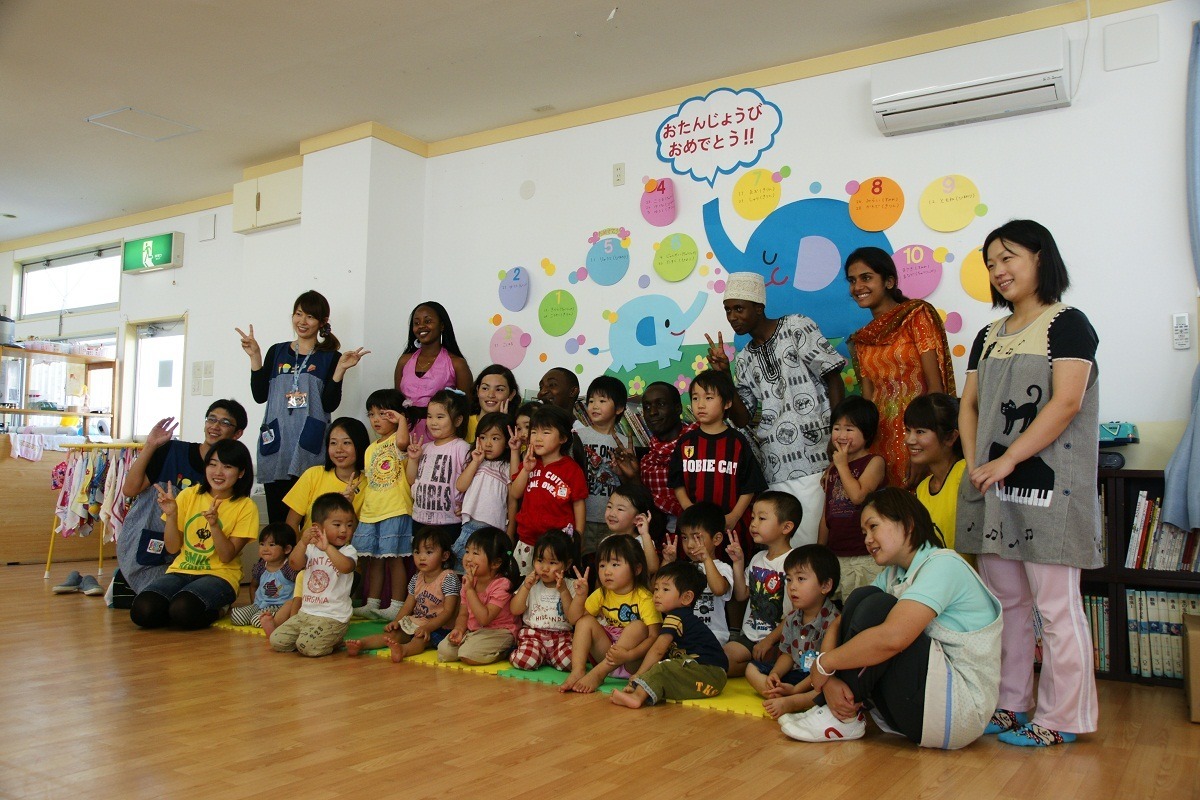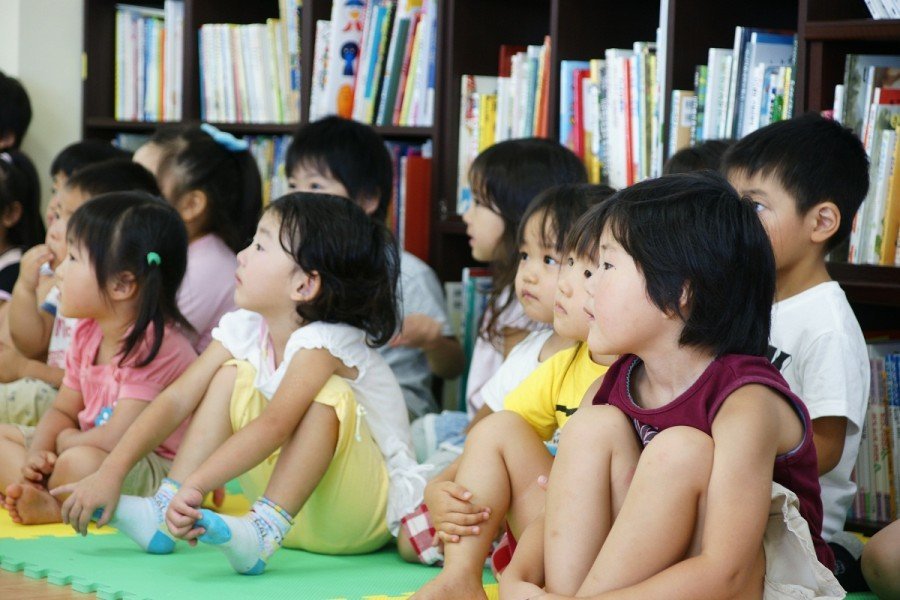Like this post? Help us by sharing it!
I don’t get on well with early mornings. But with jet-lag still erratically winding my body clock, I find little trouble raising my head from the pillow at 5:45am despite a rather inconsistent nights sleep.
The kindergarten in Ishinomaki is small. But then I don’t have many points of reference other than my own playschool from 32 years ago, which from my recollection, was massive! Of course to a 4 year old most things are so I am not sure what to make of this. What is beyond question is that the kids are small, and extremely cute. On the other hand, the class rabbit sat in his box in a corner looks to me unusually large. This Lilliput world is clearly causing me confusion and makes me think that with more and more of my friends bringing mini-me’s into the world I ought to get more accustomed to the world of the small.
When I arrive with Goto-san a few minutes behind schedule (we are delayed due to an erratic “nabi” – the Japanese for sat-nav), the Kenyan delegation are listening to testimony from Satake-sensei, a young female teacher at the school.
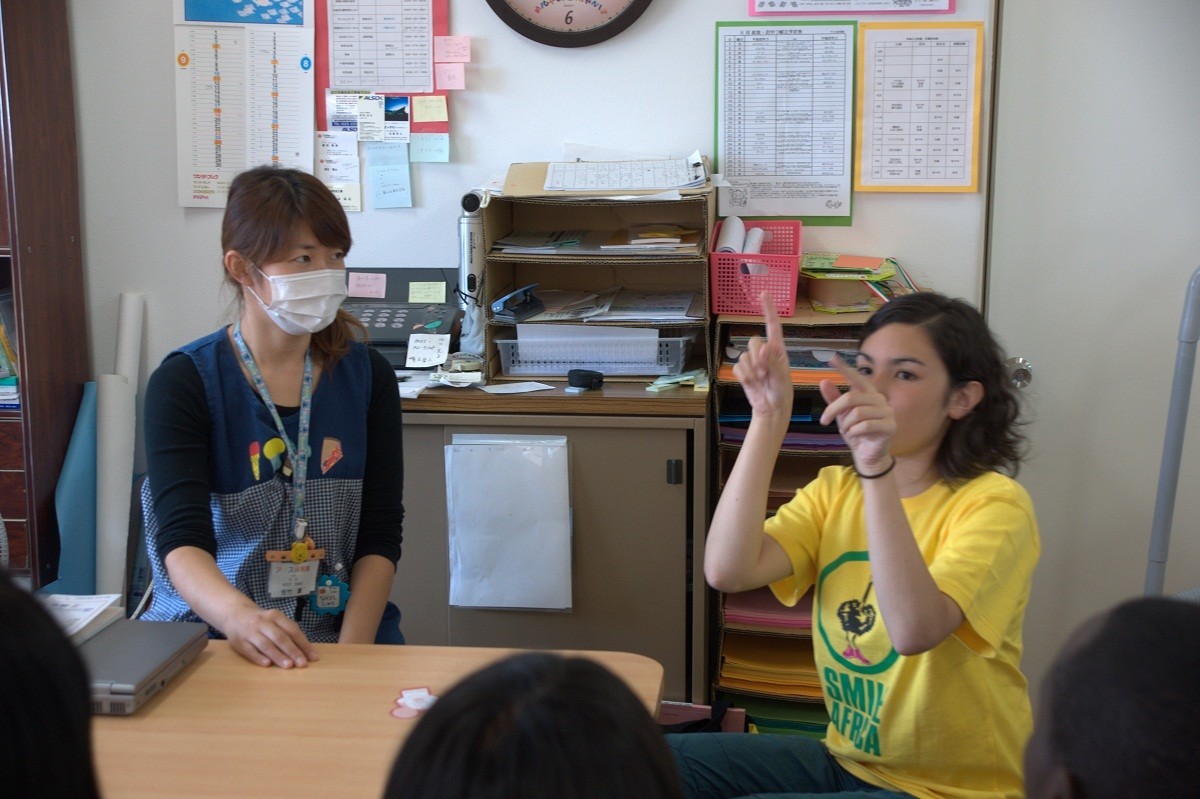
“It isn’t the physical scars that remain” she is saying. “If you look outside you wouldn’t know what happened here. The clean up took maybe three months. But inside there is a lot of emotional damage and this will take much longer”. She is talking about the children but I think she could just as well be talking about everyone who experienced the disaster.
“Some of these children saw the dead bodies, floating in the streets,” she continues, “and the smell of the water: What you have to understand is it isn’t like sea water, not like a usual wave. Near the ocean maybe it is but here it was completely different. As the tsunami travels it picks up everything; rubbish, bits of houses, cars and oil. It smells. The smell is terrible.”
She draws our attention to the fly catchers hanging from the ceiling at regular intervals across the width of the room, informing us that the flies are horrendous this summer, breading in the dirty tsunami waters that still lie stagnant beneath the roads and buildings. It is an odd thought that tsunami water still lies hidden beneath the town, unseen but most definitely there, like the emotional impact she had described.
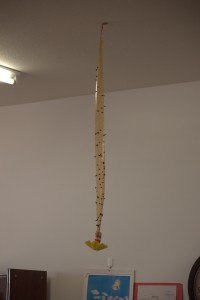
Her testimony hangs in the air, translated by Emma, a confident 19 year old Japanese whose father hails from Manchester, UK. Questions are invited but it is very hard to ask anything. Her words help bring home to us all that despite the seeming normality of life in this inland area of Ishinomaki City, the every day reality for all those who experienced the tsunami is very different indeed.
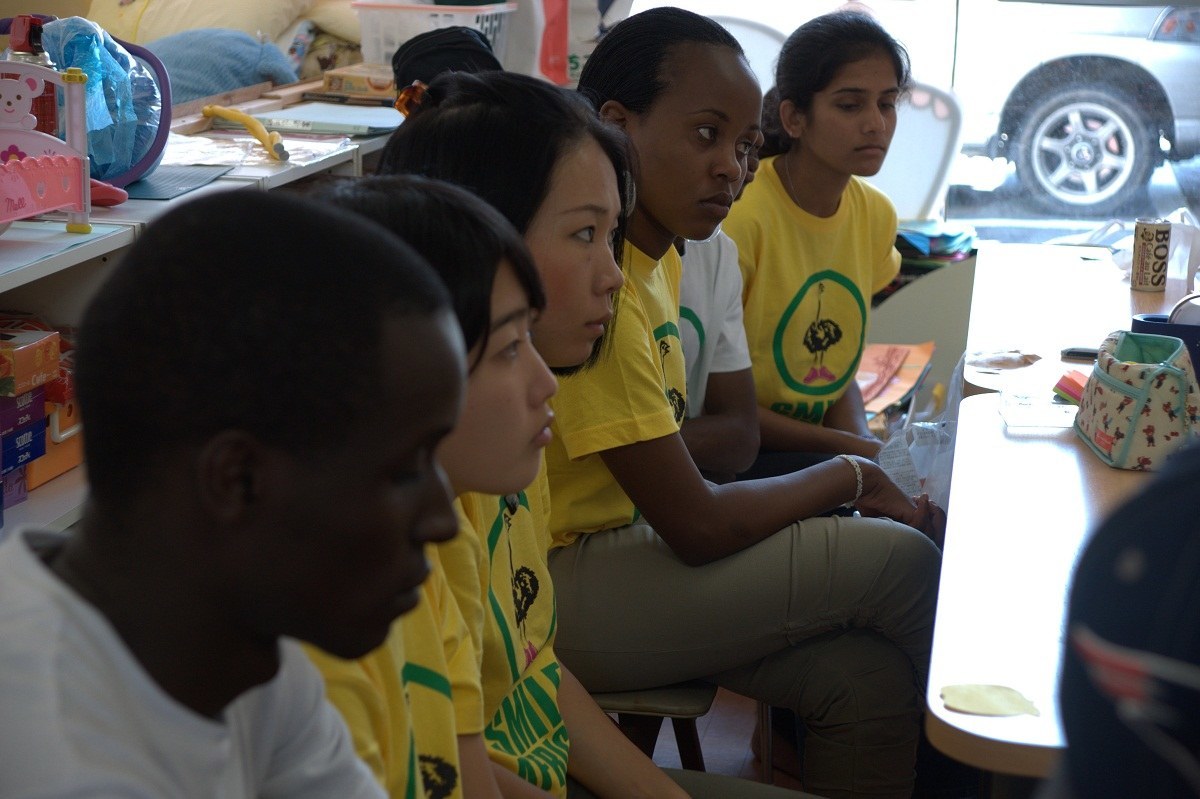
The heavy atmosphere is lifted by the extraordinarily loud singing of all but the tiniest members of the kindergarten. It isn’t hugely tuneful but it is without doubt, extremely enthusiastic. Meanwhile the Kenyan party have briefly departed to don their traditional outfits, perhaps the first time that a Masai has been seen on the streets of suburban Miyagi prefecture. As a very small child I am not sure what I would have made of a 6ft5” Kenyan dressed a long red robe but these kids clearly think he is wonderful. With Emma on guitar, the group sing a traditional welcome song (in Swahili) before the kids are invited to dance along, which they do with varying degrees of success.
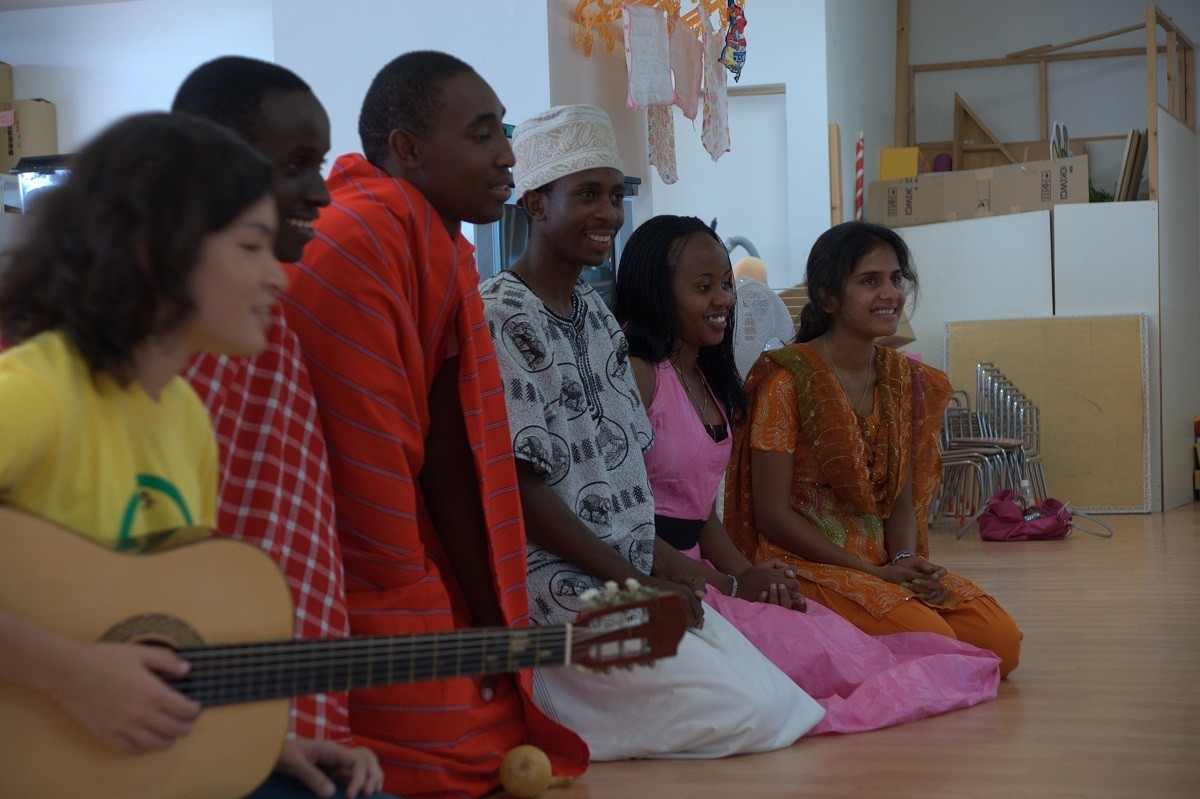
There then follows a (very) brief Swahili lesson – “Jambo!!”, meaning “hello”, being all that I can remember – and then more dancing, this time something of a Japanese jig that seemed half hokey-cokey, half barn dance.
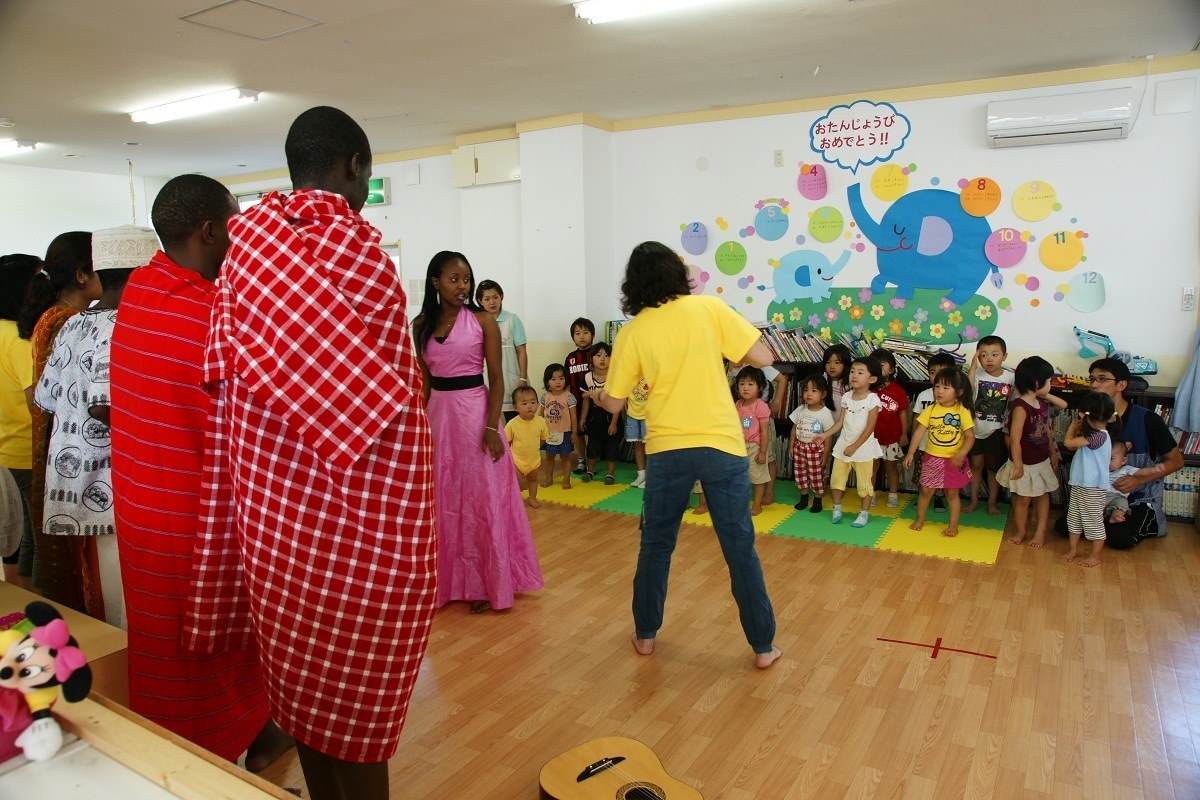
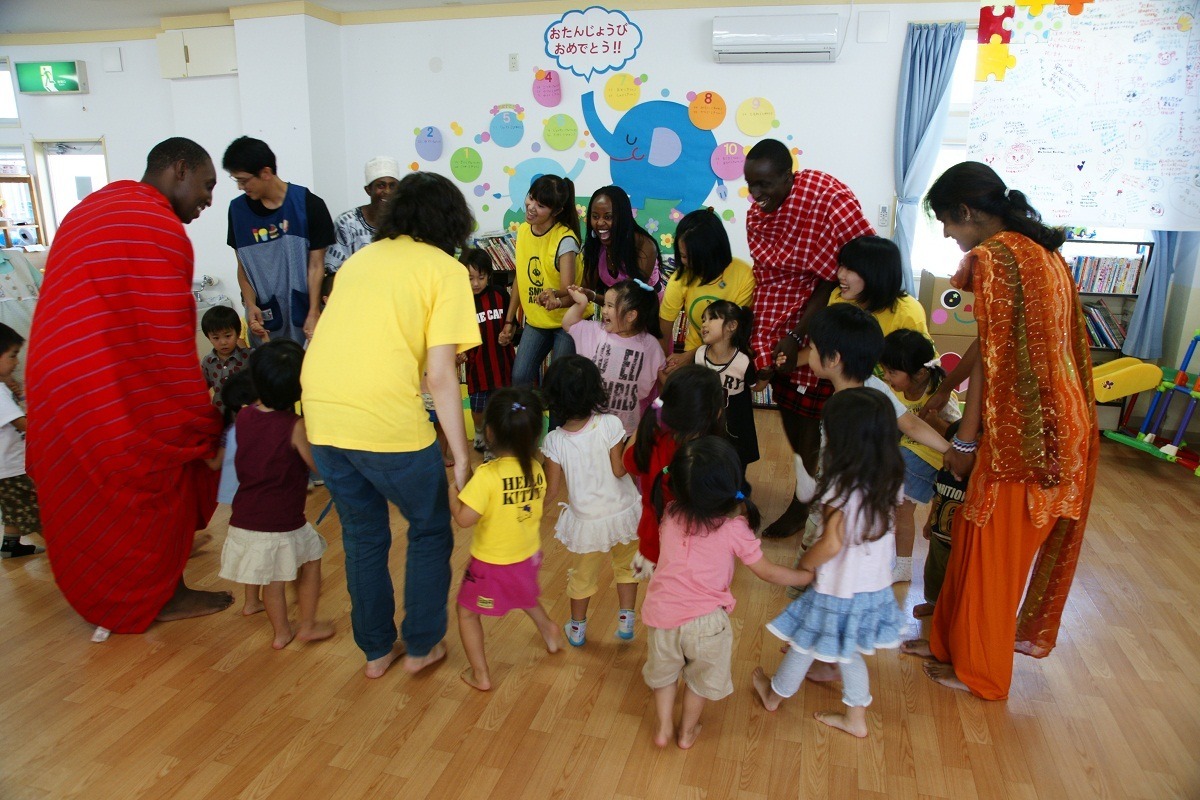
As Eric had said at dinner the previous evening, “we are just going to make some kids smile”. And in that, they were undeniably successful.
